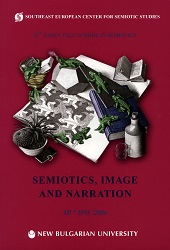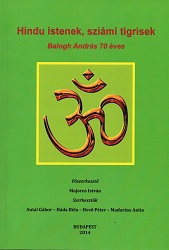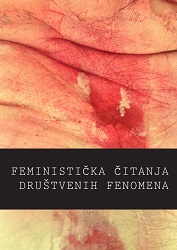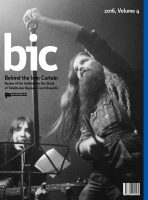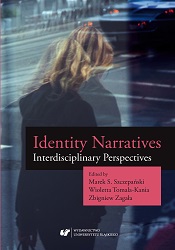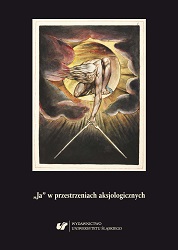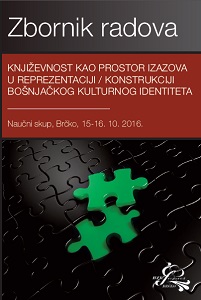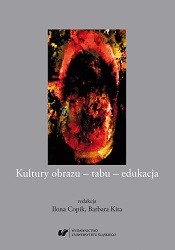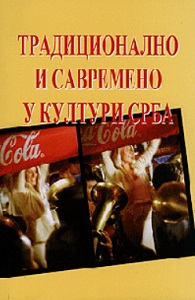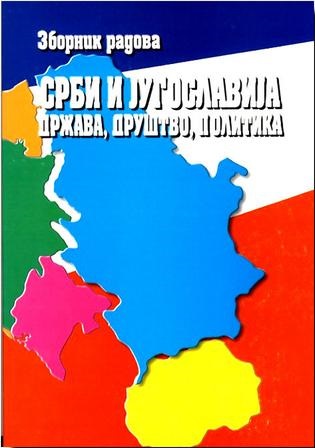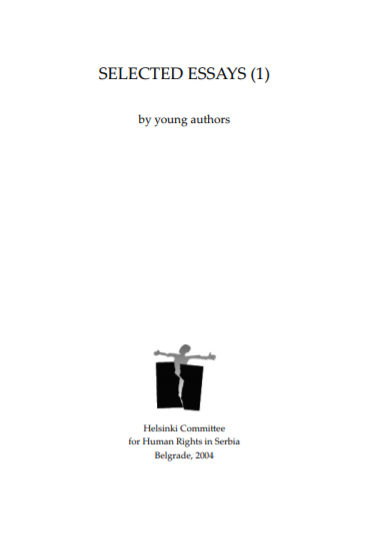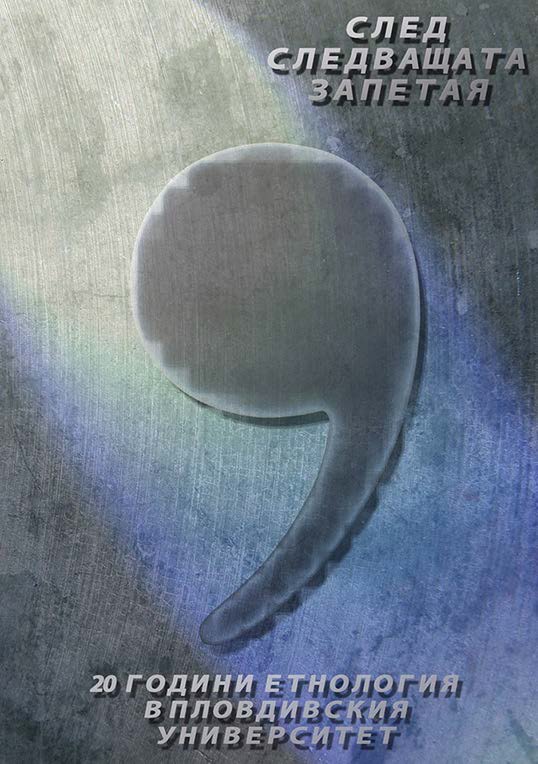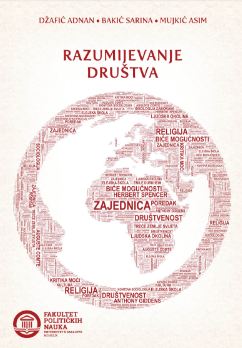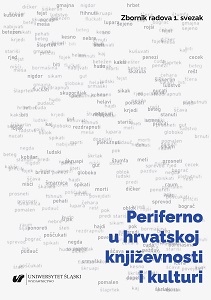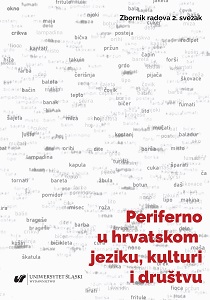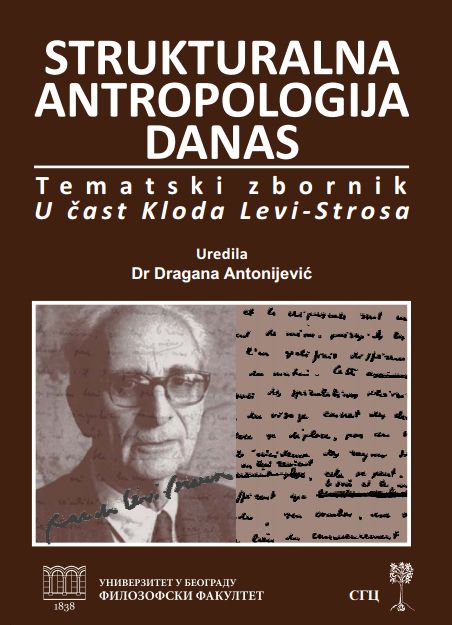
Strukturalizam u arheologiji
Although, back in the 1970s, Edmund Leach threatened archaeology that he will 'poison' it with structuralism, his structuralist work did not have that far reaching impact on the changes of archaeological interpretative paradigms. The reason for that is ` on the one hand, structuralists' lack of in-terest in diachronic interpretation, and on the other, the concept of the universal structures of mind for which upco-ming poststructuralism did not have much interest. To be fair, there are some rather interesting structuralist interpretations in archaeology (even in the Serbian one) mostly based on the application of binary oppositions. However, in the broader context, structuralism, work of Levi-Strauss, and de Saussure linguistics in particular, enabled archaeolo-gists to understand material culture in a semiotic field - as a study of signs and contexts of meanings. In other words, objects in archaeology, under the influence of structuralism, have been seen as organised in the wider systems of signs (organised in binary oppositions, but not necessarily) with particular meanings. One of the problems of this semiotic, structural approach in archaeology is that it automatically equates material culture and language, which is highly pro-blematic, since meanings in material culture are rarely arbitrary in the way that it is the case in a linguistic relation between signifier and signified. Poststructuralism, theory of practices and poststructuralist critique of scientific positivism had much higher impact to archaeology, especially postprocessual one.
More...
